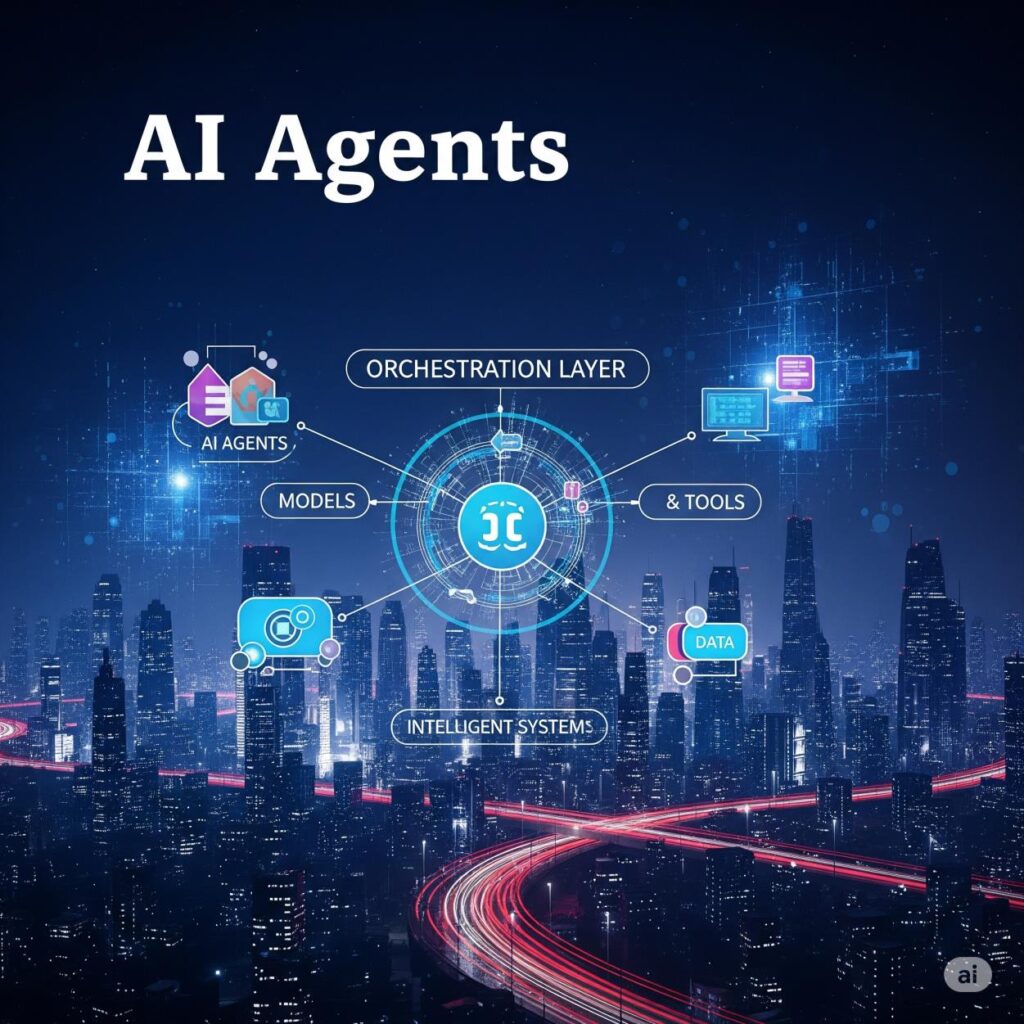At FastStrat, our journey into the realm of intelligent systems is driven by the evolution of AI agents. Drawing insights from the AI Agents Whitepaper by Julia Wiesinger, Patrick Marlow, and Vladimir Vuskovic (September 2024), here are the key takeaways that highlight how AI agents extend traditional language models into dynamic, real-world problem solvers.
Agents = Reasoning + Tool Usage + Orchestration
Beyond Static Models:
Agents are not just static language models; they integrate advanced reasoning, dynamic tool usage, and robust orchestration layers. This combination allows them to plan, act, and adapt autonomously.
Real-World Impact:
By blending these elements, agents can tackle complex, multi-step tasks, making them invaluable for industries that require adaptive decision-making and automated processes.
Tools Are Core to Agent Functionality
Extensions (Agent-Side):
These allow agents to call APIs and interact directly with external systems, providing real-time access to data and services.
Functions (Client-Side):
Enable developers to execute specific actions in a controlled environment, ensuring security and precise control over API interactions.
Data Stores (RAG – Retrieval Augmented Generation):
Provide agents with access to up-to-date, structured, and unstructured data, greatly enhancing the agents’ ability to generate grounded responses beyond their static training data.
Frameworks Like ReAct, CoT, and ToT Enable Structured Thinking
ReAct (Reason + Act):
Agents use this framework to log their thought process and actions, ensuring a step-by-step, transparent approach to decision-making.
Chain-of-Thought (CoT):
By breaking down problems into intermediate reasoning steps, agents deliver more coherent and understandable outputs.
Tree-of-Thoughts (ToT):
This framework allows agents to explore multiple reasoning paths simultaneously, enhancing strategic planning and adaptability in complex scenarios.
Hybrid Learning Approaches Improve Performance
In-Context Learning:
Enables agents to learn from examples provided at runtime without the need for extensive retraining.
Retrieval-Based Learning:
Dynamically incorporates external data and past examples to enrich the decision-making process.
Fine-Tuning:
Prepares models with domain-specific data to optimize performance based on specific application needs, balancing latency, cost, and specialization.
Conclusion
These key takeaways from the AI Agents Whitepaper encapsulate the transformative potential of AI agents. At FastStrat, we use this technology to build intelligent systems that not only understand and generate insights but also interact with the real world—empowering businesses to innovate and excel in a competitive landscape.
Embrace the future of intelligent automation with FastStrat, where advanced reasoning, dynamic tool integration, and robust orchestration converge to drive tangible business value.

